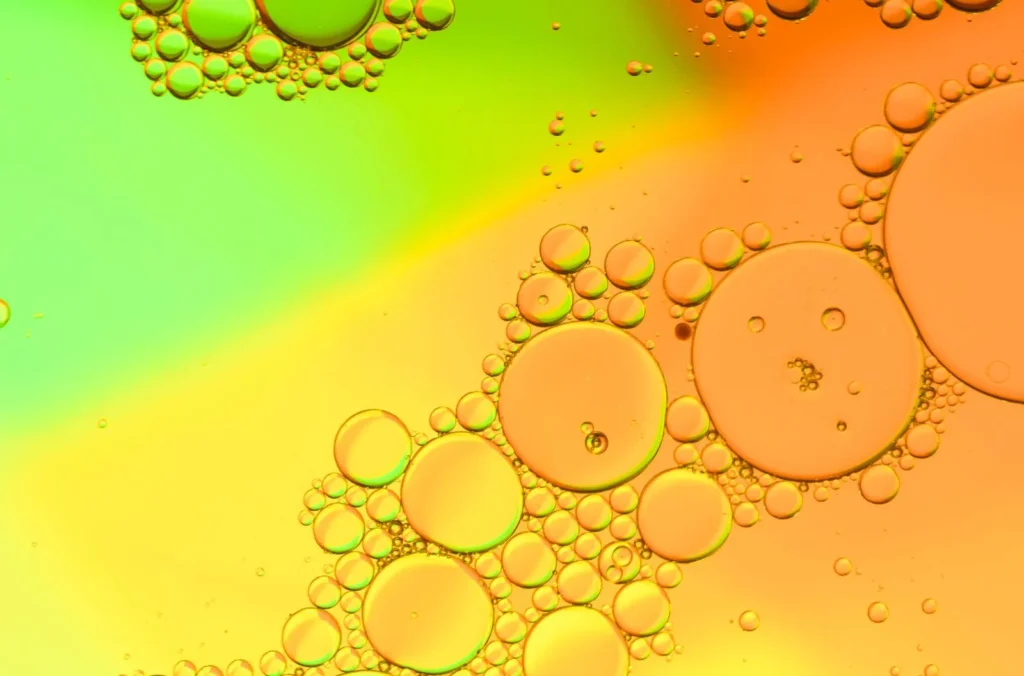How Defoamers Can Save Time and Money in Industrial Production
How Defoamers Can Save Time and Money in Industrial Production
Blog Article
The Role of Defoamers in Enhancing Item Top Quality and Efficiency
Defoamers serve as vital ingredients that reduce this problem, making sure smoother production workflows while improving the functional and aesthetic features of the final items. The option of the proper defoamer can be crucial to attaining optimal results, elevating vital questions about solution compatibility and efficiency metrics that warrant additional exploration.
Comprehending Defoamers
Recognizing the role of defoamers is crucial for keeping item high quality across different industries. Defoamers are chemical ingredients designed to prevent the formation and minimize of foam in fluid systems, which can adversely influence processes such as blending, filling, and surface area stress. Foaming can bring about inefficiencies, item defects, and jeopardized visual appeal, making defoamers an essential component in manufacturing operations.
In commercial applications, defoamers aid to enhance item uniformity and security. The reliable use of defoamers not only guarantees smoother production processes but additionally contributes to premium product performance.
Moreover, the option and formula of a defoamer must line up with details application demands, such as compatibility with various other active ingredients, efficiency under differing temperature level and pH problems, and potential regulatory constraints. Eventually, recognizing defoamers' functions and their value in different formulas is important for maximizing manufacturing and ensuring the finest final result.
Kinds of Defoamers
Defoamers can be categorized into a number of types based upon their structure and device of activity. The key types include silicone-based, non-silicone natural, and inorganic defoamers.
Silicone-based defoamers are among the most reliable, largely as a result of their capability to spread out swiftly on the liquid surface area and interrupt foam formation. Their special chemical framework allows for premium stability, making them appropriate for high-temperature applications and settings with differing pH degrees.
Non-silicone natural defoamers, often composed of all-natural oils or fatty acids, are valued for their biodegradability and lower toxicity. These are normally utilized in food and beverage applications where safety and ecological effect are extremely important.
Not natural defoamers, which consist of materials like talc or calcium carbonate, act by increasing the density of the fluid, therefore reducing foam stability. They are typically used in commercial procedures where compatibility with various other products is not a concern.
Each sort of defoamer has distinctive advantages and restrictions, permitting customized services depending upon the certain frothing issues experienced in numerous applications. Understanding these distinctions is critical for optimizing efficiency and attaining wanted item top quality.
Applications Across Industries
Many sectors take advantage of defoamers to enhance product quality and operational performance. In the food and beverage field, defoamers are critical in procedures such as brewing and milk production to avoid foam formation, which can lead to ineffectiveness and product incongruity. By managing foam, makers can make certain far better yield and a much more uniform item.
In the pharmaceutical sector, defoamers play a crucial role in the formulation of liquid drugs, where too much foam can hamper blending and exact dosing. Their use assists maintain browse this site the integrity of the solutions and facilitates smoother production procedures.
The paint and finishings sector also relies on defoamers to enhance the performance of products during application. By decreasing foam, these ingredients make certain a smoother surface and boost the visual qualities of the last item.

Advantages of Making Use Of Defoamers
While the application of defoamers varies throughout industries, their advantages regularly improve item quality and procedure efficiency. One substantial advantage is the decrease of foam formation throughout making procedures, which can otherwise cause production hold-ups and variances in product quality. By reducing foam, defoamers allow a smoother circulation of materials, assisting in extra reliable operations and lowering the possibility of devices breakdowns.
In addition, using defoamers can enhance the look and texture of final products. In industries such as coatings, paints, and food processing, extreme foam can jeopardize the aesthetic aesthetics and general top quality, while the ideal defoamer application ensures an uniform surface and preferable characteristics. Defoamers can contribute to cost savings by decreasing waste during production and optimizing the use of raw products.

Selecting the Right Defoamer
Selecting the right defoamer is vital for enhancing production procedures and making sure product high quality. The option of defoamer influences not only the effectiveness of foam control but additionally the total performance features of the final product. Aspects to take into consideration include the kind of application, the chemistry of the formula, and the environmental conditions under which the product will certainly be utilized.
Different industries may need details defoamer kinds, such as silicone-based, organic, or polymeric defoamers. Understanding the compatibility of the defoamer with the primary components is vital to prevent damaging reactions that can endanger item stability. Furthermore, the defoamer's effectiveness in different temperature levels and pH degrees have to be reviewed to guarantee constant performance.
Checking the defoamer in small applications can provide important insights into its performance and suitability. Consideration of regulative compliance, especially in food, drugs, and pop over to this web-site cosmetics, is critical in picking a defoamer. Ultimately, a comprehensive analysis of these elements will certainly result in the option of a defoamer that not only controls foam effectively but also enhances the quality and efficiency of the end product.
Conclusion

In verdict, defoamers are important additives that dramatically enhance item top quality and performance across different markets. The calculated choice and application of defoamers lead to set you back savings, enhanced source usage, and enhanced consumer satisfaction.
Foaming can lead to inadequacies, item problems, and compromised visual charm, making defoamers a crucial element in manufacturing operations.

Report this page